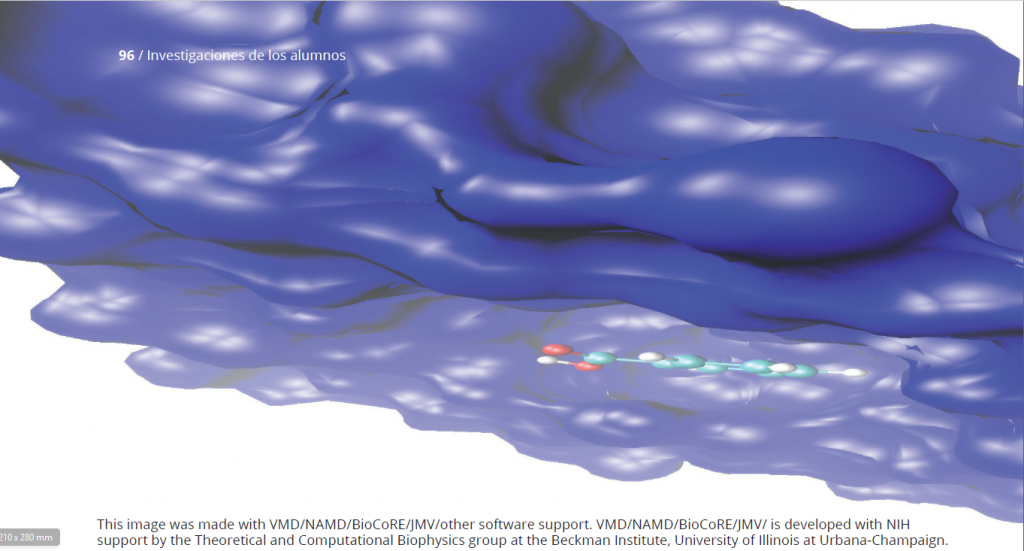Raimundo Gillet, Angélica Fierro, José Ricardo Pérez-Correa, Loreto M. Valenzuela.
JI3 2016, number 6, pages 96-107.
Abstract
Polyphenols are a family of chemical compounds widely distributed in plants. Their antioxidant, antiviral, antimicrobial and anti-inflammatory properties have attracted the interest of the food, cosmetic and pharmaceutical industries. Therefore, their optimal extraction from plant material is an active research topic in process engineering. Polyphenol compounds contain aromatic rings and alcohol groups in their structure, leading to a hydrophilic behavior in most cases. Hence, pressurized hot water is a viable, safe and environmentally friendly solvent for their extraction. It is possible to study the affinity of polyphenols for water as a first approach to understand their aqueous solubility at different temperatures and pressures. Equilibrium affinity between compounds is represented by their intermolecular attraction or repulsion; therefore molecular dynamics simulations could be useful to better explain the solubility of polyphenols in water. One of the simplest polyphenol molecules is benzoic acid, which implies that its molecular dynamics simulations should be simple to perform. Also, there is a large amount of experimental data on the literature to compare its solubility with the simulation results. The purpose of this study was to explore the applicability of molecular dynamics simulations in predicting the solubility of benzoic acid in water at different temperatures by analyzing interatomic distances and some of its equilibrium properties. Molecular dynamics simulations were carried out at isothermal-isobaric conditions using the NAMD v2.9 software, and the interaction between water and benzoic acid was analyzed at different temperatures. The effects of intermolecular interactions were studied by means of an analysis of energies, hydrogen bonding and radial distribution functions (RDF), once the equilibrium was reached, and the results were compared with experimental solubility data. It was observed that the average amount of hydrogen bonds increases with increasing solubility until it reaches a maximum value.
